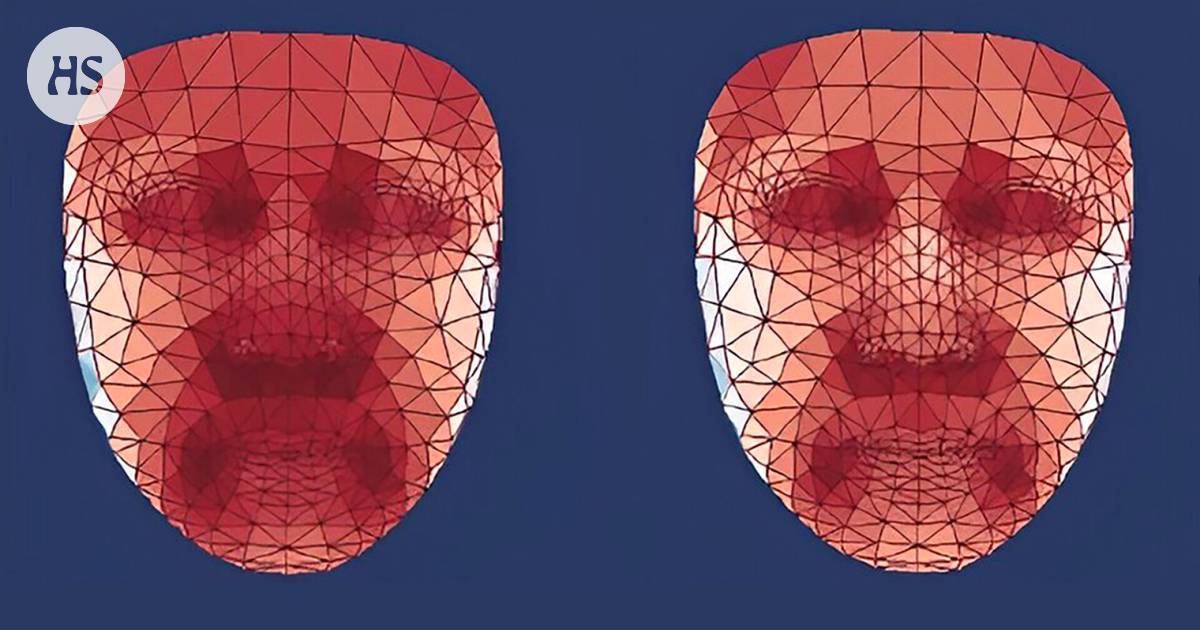Researchers have discovered that thermal imaging of faces can be used to predict diseases and determine a person’s age and state of health. This technique requires a combination of a thermal camera and artificial intelligence (AI) trained on data. The AI interprets the thermal patterns of the face to predict a person’s age, health status, and even certain diseases such as diabetes and high blood pressure.
In recent years, researchers have been exploring the potential of facial temperature differences to reveal other diseases. Chinese researchers led by Jing-Dong Han of Peking University, for example, used temperature models and AI to interpret these temperature differences that are not detectable with the naked eye.
To test their theory, the researchers recorded thermal readings of over 2,800 Chinese volunteers aged 21-88 using a hand-held thermal camera. They then used this data to train an AI model that could accurately predict a person’s “thermal age” based on facial thermal images alone.
The study found that certain temperature changes in the face were associated with age and health conditions. For instance, nasal temperatures decreased with age faster than other parts of the face while temperatures around the eyes usually rose with age. The AI could also detect metabolic problems and elevated blood pressure based on facial temperature patterns.
Furthermore, the study also found that a two-week fitness test involving rope jumping reduced the “thermal age” of participants by up to five years. This finding suggests that regular exercise may help improve overall health and reduce signs of aging on the face.
The researchers are now exploring whether thermal imaging of the face could predict sleep disorders or cardiovascular diseases. Further testing on different population groups is needed to validate the accuracy and effectiveness of this approach in disease determination.
Overall, this research highlights how new technologies can be used to improve our understanding of human health and disease. By combining advanced imaging techniques with machine learning algorithms, we may be able to detect diseases earlier and more accurately than ever before.
